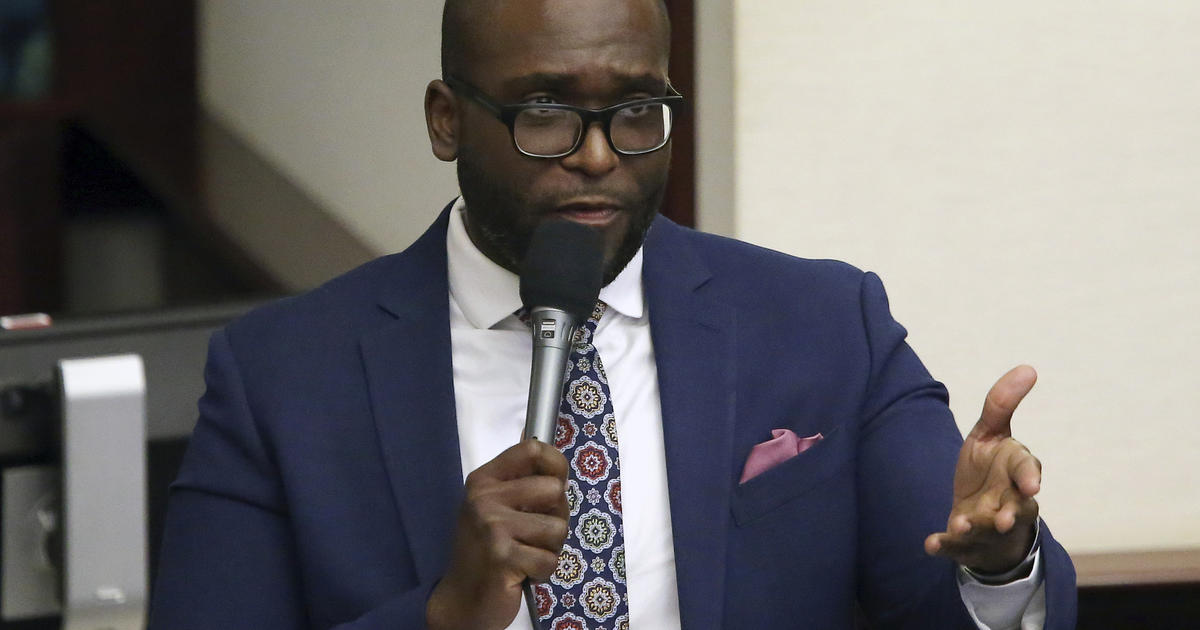U.S. Draws Blueprint For An AIDS-Free Generation
 WebMD Medical News
WebMD Medical News
Reviewed by Louise Chang, MD
Nov. 29, 2012 -- It's possible to end the worldwide AIDS epidemic, and a new U.S. plan could make this possibility a reality.
The plan, announced in a formal presentation today by outgoing Secretary of State Hillary Clinton, takes advantage of scientific and political breakthroughs that have cut the rate of new HIV infections in half.
"HIV may well be with us into the future, but the disease it causes need not be," Clinton said. "We can reach a point where virtually no children are born with the virus. As they become teens and adults, they will be at far lower risk of becoming infected than they are today. And if they do become infected, they can get treatments that not only keep them from getting the disease, but from passing the virus on to others."
At the heart of the plan are recent scientific findings:
- People getting effective HIV treatment are far less likely to pass their HIV infection to others.
- Male circumcision cuts heterosexual HIV transmission.
- Reducing stigma and discrimination increases access to HIV prevention, testing, and treatment.
- Empowering women protects them from getting and transmitting HIV infection.
"As we continue to drive down the number of new infections and drive up the number of people in treatment, we will eventually be able to treat more people than become infected each year," Clinton said. "That is the tipping point. Then an AIDS-free generation will be in our sight."
Living proof of an AIDS-free generation comes from Florence Ngobeni-Allen, ambassador for the Elizabeth Glaser Pediatric AIDS Foundation. Sixteen years ago, Ngobeni-Allen learned that she had HIV. So did her daughter and her husband. Both died.
A few months later, HIV drugs donated by the U.S. saved Ngobeni-Allen's life. Today she is remarried and has two sons -- both free of HIV.
"I know that an AIDS-free generation is real, because my children are part of it," she said at the presentation. "I dream of a world free of AIDS because I am living it. What we are planning today will make it a reality for everyone."
Praise for U.S. AIDS Blueprint
The "blueprint" sets out detailed plans to achieve five goals:
- Scale up the most effective prevention interventions and treatments. Clinton noted that Americans now directly pay for drugs that are saving the lives of 5.1 million people outside the U.S. -- twice as many as just four years ago.
- Go where the virus is by targeting the people at greatest risk. This includes not only sex workers and men who have sex with men, but women and girls at higher risk of HIV due to gender inequality and violence.
- Get the most out of each dollar spent by promoting sustainability, efficiency, and effectiveness.
- Share responsibility with partner countries.
- Invest in science, and make sure that all efforts are firmly based on scientific evidence of effectiveness. "It is science that has brought us to this point and it is science that will allow us to finish the job," Clinton said.
Praise for the U.S. plan, and for Clinton's efforts to promote it, comes from the United Nations Program on HIV/AIDS and from several AIDS advocacy organizations.
Praise also comes from longtime AIDS researcher Myron Cohen, MD, director of the Center for Infectious Diseases at the University of North Carolina, Chapel Hill, and a spokesman for the HIV Medicine Association.
"This is not business as usual. This is a real step forward," Cohen says. "This is a formal U.S. plan in a written blueprint that lays out a commitment to go forward."
At this summer's International AIDS Conference, the Foundation for AIDS Research (amfAR) laid out its own plan for bringing an end to AIDS.
Chris Collins, amfAR vice president and director of public policy, agrees that the U.S. blueprint is a major announcement.
"It is a really important document," Collins says. "It changes the conversation from hope for an AIDS-free generation to specific action steps we need to take."
One thing missing from the blueprint: money. The plan shows how to make the most of dollars spent on research, prevention, and treatment. It shows that such investments pay off many-fold in the future. But it doesn't say where those near-term dollars will come from.
"It is going to take choices, focus, and more resources," Collins says. "But what we have is a challenge to policy-makers in the U.S. and abroad. It shows what can be done. Now it is our charge to act on it."



